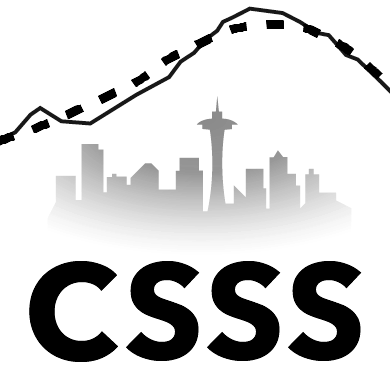
Workshop website for R Exposure
University of Washington TacomaInstructor: Charles C. Lanfear
Exposure to R
Post-Assignment
You are not required to complete any of these additional post-assignments for R Exposure. These are provided as recommended additional resources.
- R for Data Science
- RMarkdown Lessons
- Shiny Lessons
- RStudio Primers
You may note that these post-assignment recommendations are existing content from other providers. There are many great R resources online–you should become accustomed to using multiple platforms to continue learning about R. I do not require you to complete of any of these tasks. If this content is useful to you, you’ll complete it and more; if not, you’re not forced to work through it!
R for Data Science
R for Data Science is an introduction programming in R using the Tidyverse. While not the only way to use R–or optimal in every situation–the Tidyverse is intuitive, powerful, and widely used. I recommend that you read work through R for Data Science and attempt to execute the code shown in your own RStudio. You are likely to feel confused and overwhelmed. That is fine–programming is learned by trial-and-error! If you don’t understand a section or particular set of code, it is fine to return to it later.
R Markdown
R Markdown is possibly the most useful and powerful capability of the R platform. It enables you to seamlessly weave together R code and written text to produce fully reproducible journal articles, memos, reports, books, websites, and slides (including those seen in this course). If you are not already familiar, you should watch the introduction video then read through the introduction linked here (browse through in on the left).
Shiny
Shiny is an R package for building interactive web applications. It is commonly used in industry for building dashboards for customers or internal users to explore data. I recommend you read the main Shiny front page then browse through the Shiny gallery to see examples of Shiny applications. RStudio hosts a comprehensive Shiny tutorial if you want to build similar applications yourself.
RStudio Primers
RStudio Primers are interactive R tutorials that run in your browser using RStudio cloud–a fully operational online version of RStudio. I strongly recommend that if you’re planning to use R in the future, you also complete at least Work with Data and Visualize Data–if not the full set of Primers.